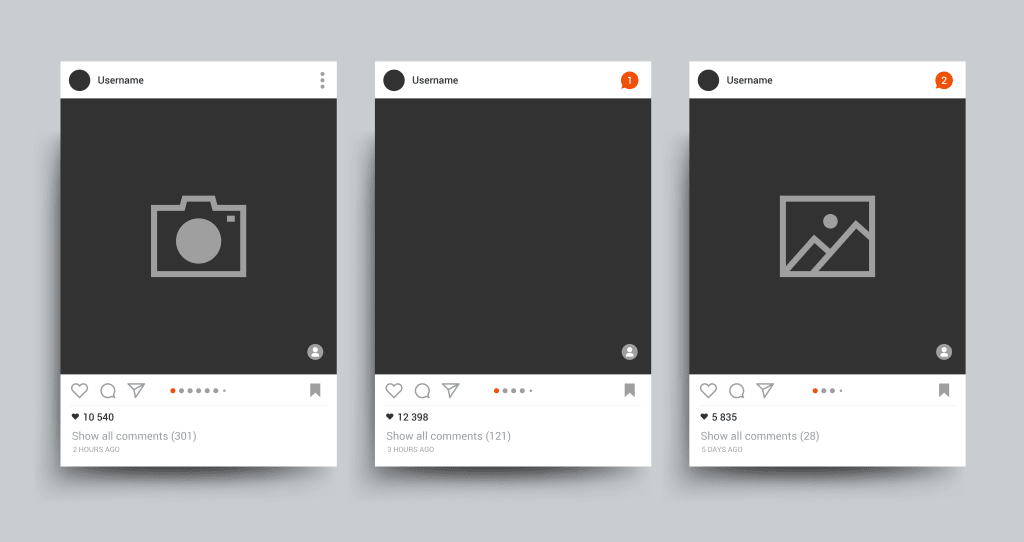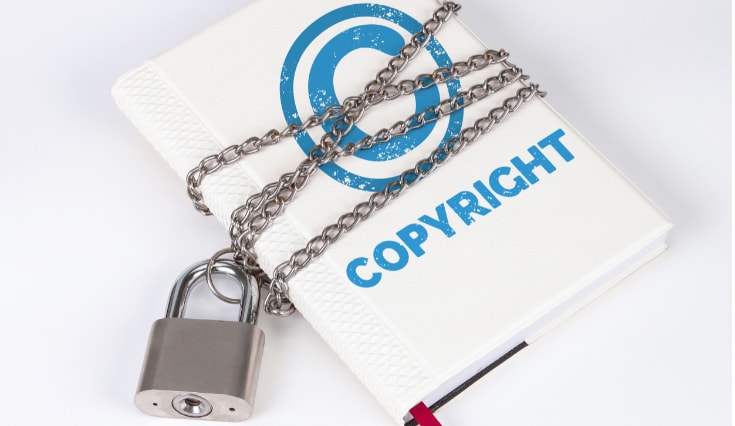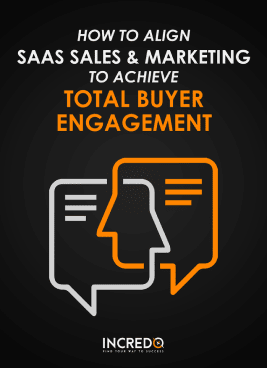5 Ways Intellectual Property Law Coincides with SEO

5 Ways Intellectual Property Law Coincides with SEO
When users interact with the World Wide Web, they tend to be rather lenient with their activity online and consider the consequences of their actions a little less.
Whether it’s because they’re not physically doing something or they feel they’re unlikely to be detected, it’s still a risky game to play. Considering just how enormous the internet is, it can actually be relatively easy to get caught from doing something unethical.
The same goes for SEO and using optimisation strategies. In some cases, intellectual property laws are in place to prevent plagiarism and copyright issues with the content that you produce and they can help lead your site to a successful pathway.
If you’re unaware of the intellectual property laws that relate to SEO, you can find yourself in rather expensive and deep trouble. As an SEO expert or business, you need to be questioning whether the practices that you’re putting in place are ethical and on the right side of the law.
What is SEO?
SEO is an acronym for Search Engine Optimisation. It’s a form of digital marketing which requires making certain changes to your website that enable it to rank well in search engines such as Google. These can be on-page, off-page or technical changes and the changes that you make are influenced by factors that search engines claim they consider to rank websites well.
What is intellectual property?
Essentially, intellectual property are forms of creation that have been created by the mind which can be relative to inventions, designs, symbols and other forms of creative sectors. It’s a unique property that hasn’t been created by any other individual. Therefore, intellectual property rights are in place to protect the significance of these creations and ideas and prevent them from being used without consent.
Online intellectual property
Intellectual property laws are there to protect ideas that have been created by others and provide them with the credit they deserve, including online. It can preserve a lot of the content on websites, even content that you weren’t aware of. This is why you should be aware of the intellectual property laws that are active when optimising and updating your website for SEO purposes.
#1 Copyrights for photographs/images

Unless a website or source clearly identifies that their image or photograph is royalty-free, you won’t be able to simply choose an image from random and credit it for your own.
There are many royalty-free image sites available where images are downloadable to use each with their own unique features that could be useful for what you’re looking for.
One example of an extremely common royalty-free website is Unsplash. Why it’s so popular is because the website has its own license, which means practically any photo you search for on the site is free to use. It covers many categories including travel, fashion, animals, film and more.
Alternatively, use the search bar to find something specific that you’re looking for and see the relatable images pop-up. When clicking the chosen image, you can download it, like it and even browse related images to the one you chose.
Using image alt tags for images on your website is a great way to help optimise your page, which means you’ll want to pick the most correct and relevant one.
However, it’s rather common for internet users to save an image from the internet and publish it elsewhere without the original source’s consent.
Be certain that the image used isn’t protected by copyright infringement and you’re able to use it freely.
One way you can easily identify this is if the image has a creative commons license. Alternatively, there’s also the option to pay for the image rights so you can use it freely.
#2 Plagiarism

Luckily, within the SEO world many webmasters are aware that trying to pass off someone else’s work as your own through your website is a big no. Mainly because producing duplicate content on your website does come with penalties for your website, but it’s also a knowledgeable practice that is relatable to all forms of life.
If there is a case where you need to produce content that is similar or exact to another source, it requires citing sources on your website so it’s clear that information is referenced from a third party. It can always be more reputable to include a link to the original source as well as quoting it in your content.
There are also tools available that can help to check for plagiarism on websites as sometimes, great minds think alike and you may find that what you wrote is similar to content on another website! Whilst it’s unlikely, it’s always good to make sure. Here are a few that you can consider:
Unicheck – This is a cloud-based software that’s commonly used by writers, bloggers, lawyers and editors. There are over 1 millions users of the software around the world making it an extremely dependable tool.
It uses an algorithm that is based on latent semantic texting, which is used by Google when identifying similarities in words and phrases. The results are extremely accurate and picks up even the slightest sign of plagiarism to ensure the content is completely unique.
Grammarly – Although Grammarly is more commonly used for its grammar and spelling checker qualities, it’s also fantastic for checking plagiarism. The plagiarism checker is integrated within user’s accounts when they sign up and can be useful when reviewing work and other forms of content.
Plagramme – Plagramme is another piece of software that is considered extremely accurate for the results that it produces. When uploading content, it provides the results in a PDF document and colour codes the document to help quickly discover where plagiarism has occurred, even if it’s the slightest example of copied content.
#3 Sharing material that is copyrighted
Similar to how images can be a great way to optimise your website, including sound and videos are likely to increase engagement on your website and provide more knowledgeable content for your users. This is a factor that is highly considered by search engines as it shows that users are finding your website useful for what they are looking for.
If you download music or videos for free or without the consent of the original producer, this can lead to extreme consequences including fines or even jail. Similarly, if you download this content and share it with others, similar consequences apply as the content is copyrighted and you don’t have permission to share it with others.
#4 Different types of creative common licenses
Another common and unfortunate mistake that companies tend to do is use content that they believe is under a creative common license, when it’s actually or not. There are different variations of creative common licenses that can be used which is why it’s important to look at this carefully.
Some licenses don’t allow commercial use of their products, some do and some even restrict the permission to alter the content in any way. Whilst you may wish to amend or change content for the purpose of your own website, sometimes this simply isn’t possible.
Before using, downloading or sharing a piece of content, be sure to check all the terms of conditions to use it before going ahead. This will save you from breaking any laws or having copyright disputes with third party companies.
#5 Stealing traffic from competitor brand names
Considered a ‘black-hat SEO’ technique is the use of competitor brand names to steal ‘branded traffic’ from the particular company. It’s likely that your competitors have made a name of themself over time. It’s become common practice for users to search a brand name into the search engine to find the business’ website.
By including a business’ trade name in optimisation factors such as a meta title, description or within the content of the homepage can cause the website to increase their own visibility from their competitors’ specific brand term search. Therefore, increasing visibility with the two brands showing on the same page in search results. Doing this though, would be a breach of copyright infringement.
How can I protect myself against intellectual property infringement?
Considering the number of ways that you could find yourself potentially breaking intellectual property infringement through SEO optimisation techniques, it’s important to be aware of how to protect yourself against it in case any claims are made against you. Here are 3 steps that you can take avoid accidentally violating IP rights:
Ensure your content is original: A clear way to prevent yourself from getting into trouble is to ensure that you and any of your employees create unique and original content for your website. If you do happen to happen to have employees, state in the contract that any content they create is material that belongs to the business.
Check the licenses obtained are correct: If there’s a reason you require registered material or content, make sure that you obtain the appropriate license in order to use it. Without consent, it would be impossible to get away with using the content on your website.
Use royalty-free sources for your material: Royalty-free content can be relatively easy to find online and won’t have restrictions compared to others.
Content and search legalities in SEO
Striving to be the best performing website in the search engines is the common goal for webmasters. However, taking steps that could put your website at risk may be one that won’t be worth it. Although content may appear informative and knowledgeable on one website, duplicating on your website won’t be the solution to achieving the results you want. Similarly, using a photo that you have no right to use may not harm your website directly, but in the long term it could be easily penalised if its been identified from someone else.
The best way to protect yourself and your website is to be unique, fresh and up-to-date with your content. Refrain from using other people’s work or you run the risk of not only damaging your website’s reputation, but also your own.
This is a guest post by Jamie Costello, Pannone Corporate.
HOW TO ALIGN
SALES AND MARKETING TEAMS
TO ACHIEVE
TOTAL BUYER ENGAGEMENT
DOWNLOAD YOUR E-BOOK
Tags:
OtherJanuary 29, 2020
![10 Key Learnings From a Marketing Internship [2021 TIPS]](https://incredo.co/hs-fs/hubfs/Imported_Blog_Media/girl-holding-the-puzzle-1.webp?width=520&height=294&name=girl-holding-the-puzzle-1.webp)


Comments